Introduction: Why Drive from San José to La Fortuna?
The drive from San José to La Fortuna offers a unique opportunity to experience the heart of Costa Rica at your own pace. Unlike a quick flight or shuttle, a road trip along this route allows us to savor mountain vistas, stop at charming small towns, and enjoy spontaneous roadside discoveries. The journey itself becomes an integral part of the adventure, giving us access to hidden gems and local flavors between the capital and the volcanic wonders of La Fortuna.
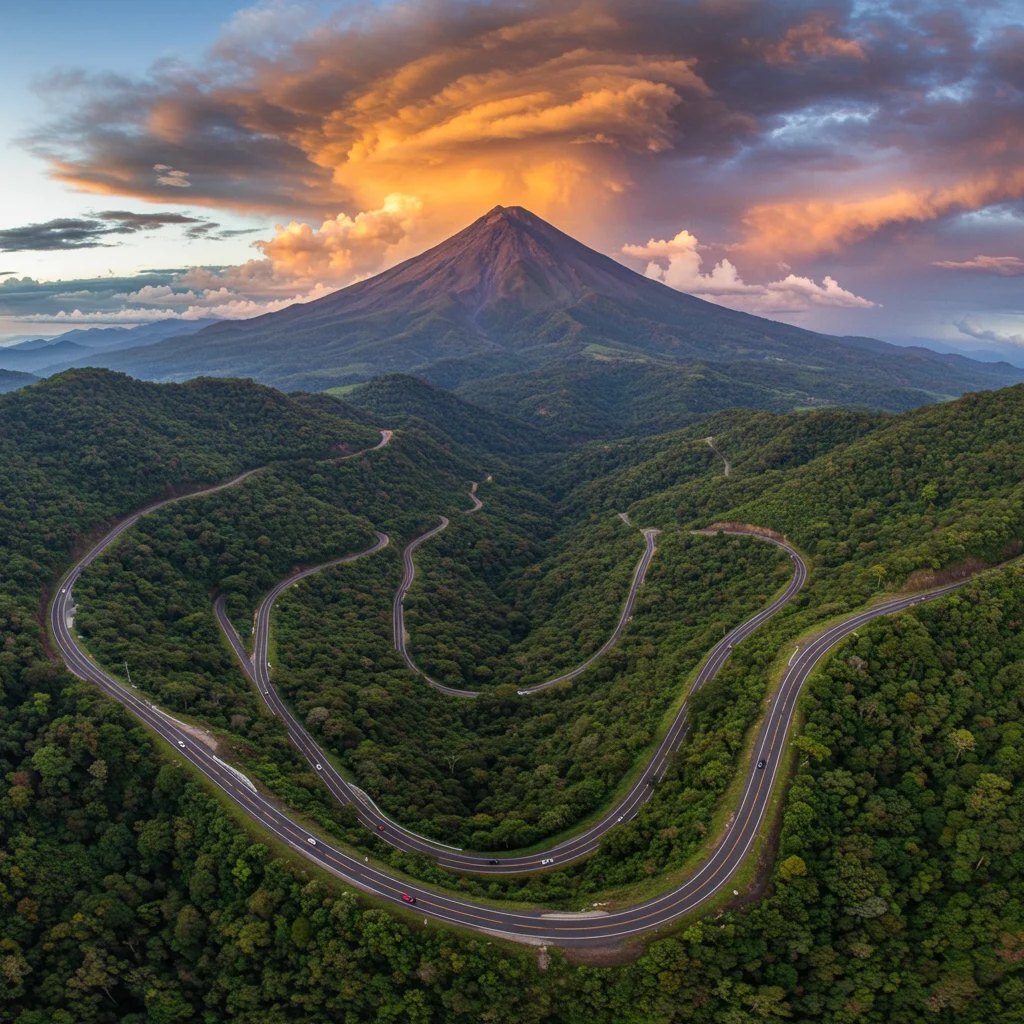
Whether we are seasoned travelers or visiting Costa Rica for the first time, the flexibility of a self-drive trip makes it easy to tailor the experience to our interests and schedule. With winding roads, lush scenery, and warm breezes through the window, this is a journey that stimulates the senses and creates lifelong memories.
What Makes the San José to La Fortuna Route Special?
This scenic route is renowned for its diversity—a tapestry of mountain landscapes, coffee plantations, and traditional villages. Along the way, we witness dramatic changes in elevation, climate, and vegetation, all within a few hours’ drive. The experience is not merely about reaching La Fortuna, but about absorbing the vibrant culture and natural beauty that defines Costa Rica.
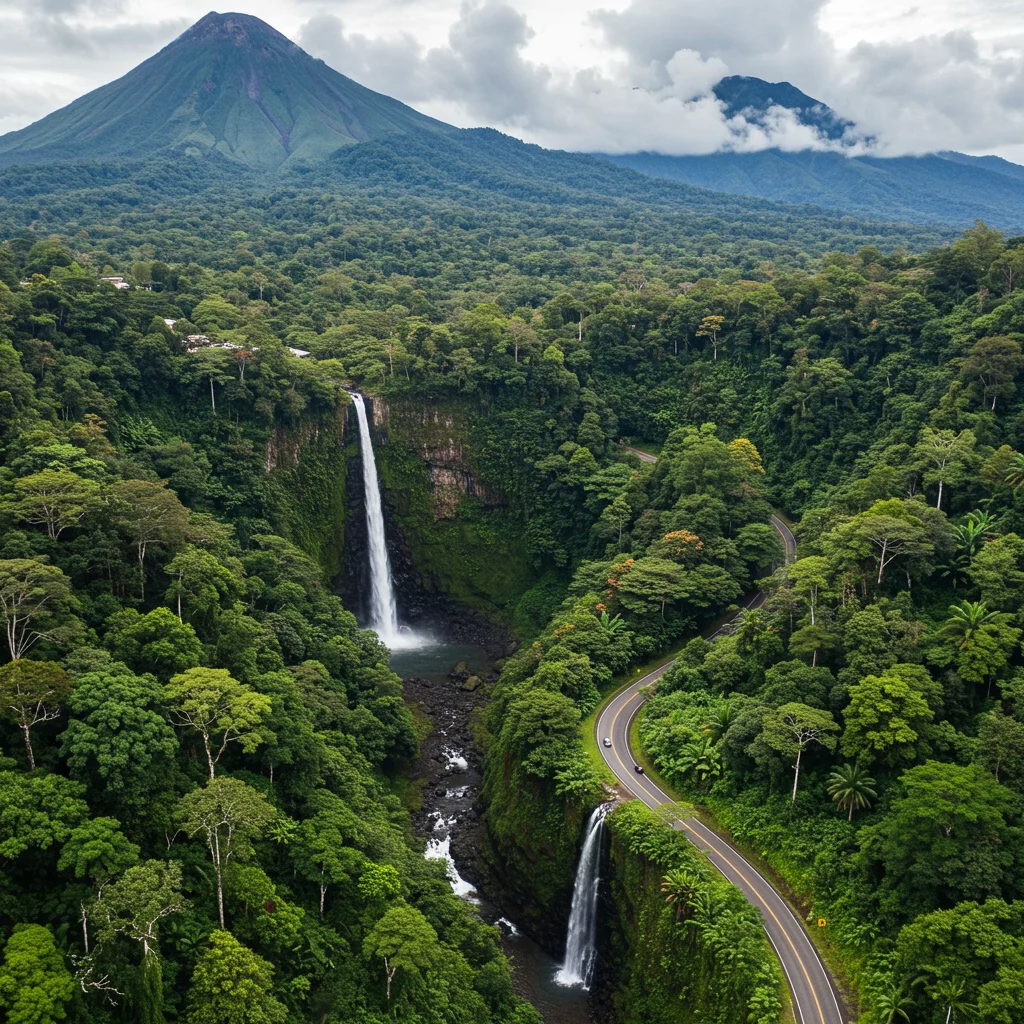
From misty cloud forests to panoramic viewpoints, the drive is filled with photo-worthy moments and authentic interactions. Travelers often find that the journey rivals the destination itself, with each stop offering insight into the country’s rich heritage and biodiversity.
Overview of the Journey: Distance, Time, and Route Options
Before setting out, it’s important to understand the basic logistics of the trip. The drive from San José to La Fortuna is manageable in a day, but planning your route and timing can greatly enhance the experience.
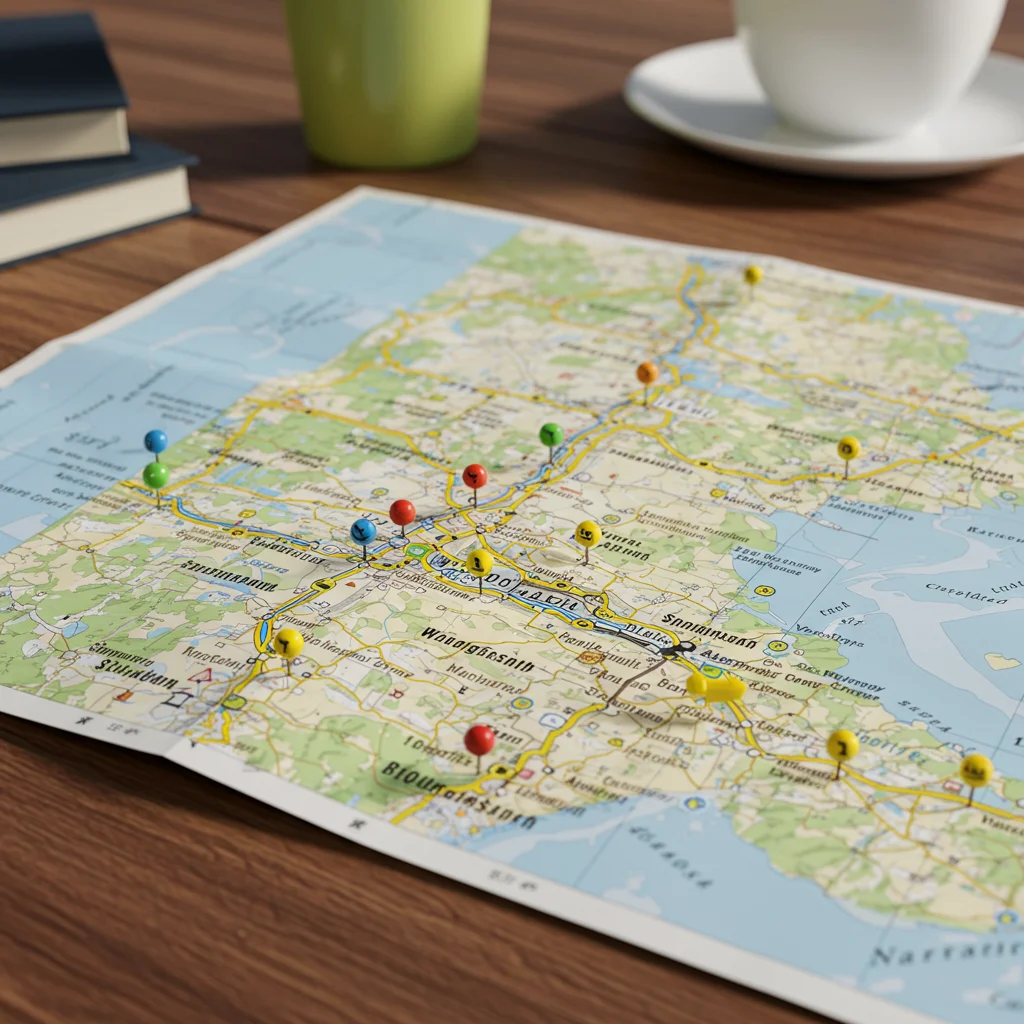
How Long Does It Take to Drive from San José to La Fortuna?
On average, the drive takes between 2.5 and 4 hours, depending on traffic, road conditions, and chosen route. Weekends and holidays may add extra time, particularly when leaving or entering San José. We recommend allowing for additional stops to fully appreciate the journey’s highlights.
What Is the Total Distance Between San José and La Fortuna?
The distance ranges from 115 to 140 kilometers (approximately 70 to 87 miles), depending on the specific roads taken. The shortest and most direct route is typically via Naranjo and Ciudad Quesada, but alternate paths offer their own unique attractions and views.
Which Routes Can You Take?
There are three main routes from San José to La Fortuna, each with distinct advantages. Choosing the best path depends on your priorities—whether you value speed, scenic beauty, or cultural stops.
Route 1: Via Naranjo and Ciudad Quesada
This is the fastest and most popular route, taking you through Naranjo and the bustling town of Ciudad Quesada. The roads are well maintained, and the journey provides a mix of rural landscapes and urban conveniences.
Route 2: Via San Ramón
This alternative route passes through San Ramón, a city known for its friendly locals and agricultural heritage. The drive is slightly longer but rewards us with quieter roads and sweeping countryside views.
Route 3: Via Zarcero
For those seeking charm and character, the Zarcero route offers winding roads through mountain villages and lush farmland. Famous for its whimsical topiary gardens, Zarcero is a memorable detour for travelers with a bit more time.
Scenic Highlights Along the Way
Regardless of the chosen route, the journey is packed with natural and cultural attractions. The landscape shifts from bustling city streets to tranquil mountains, offering a feast for the eyes at every turn.
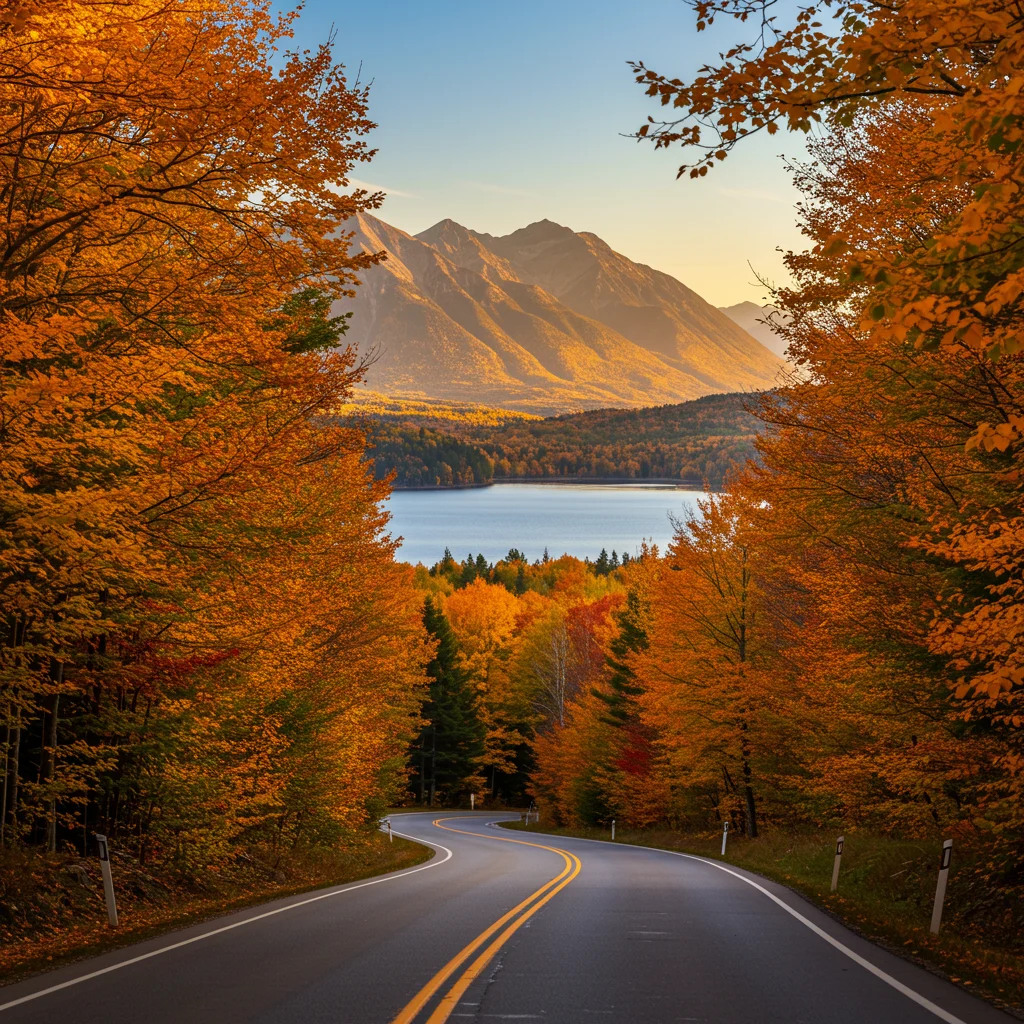
Panoramic Mountain Views
As we ascend into the Central Highlands, the air cools and the scenery opens up to reveal sweeping valleys. Early morning drives often feature mist drifting across distant ridges, while the afternoon sun paints the hills in golden hues.
Lush Coffee Plantations
Rows of coffee plants blanket the hillsides, their green leaves contrasting with the rich red soil. The aroma of roasting beans drifts from roadside cafés, inviting us to pause for a fresh cup. If you’re interested in combining coffee experiences with volcano visits, you might enjoy our post about a Costa Rica day trip to Poás Volcano and local coffee farms.
Cloud Forests and Wildlife
The route skirts the edges of cloud forests, where moss-draped trees and ferns create an otherworldly atmosphere. Birdsong fills the air, and sharp-eyed travelers might spot toucans or even a sloth nestled in the canopy. The biodiversity along this corridor is a testament to Costa Rica’s proud conservation legacy.
Best Time of Year for the Drive
Choosing the right season can make a significant difference in the comfort and beauty of your drive. Understanding the local climate helps us plan for the best possible experience.
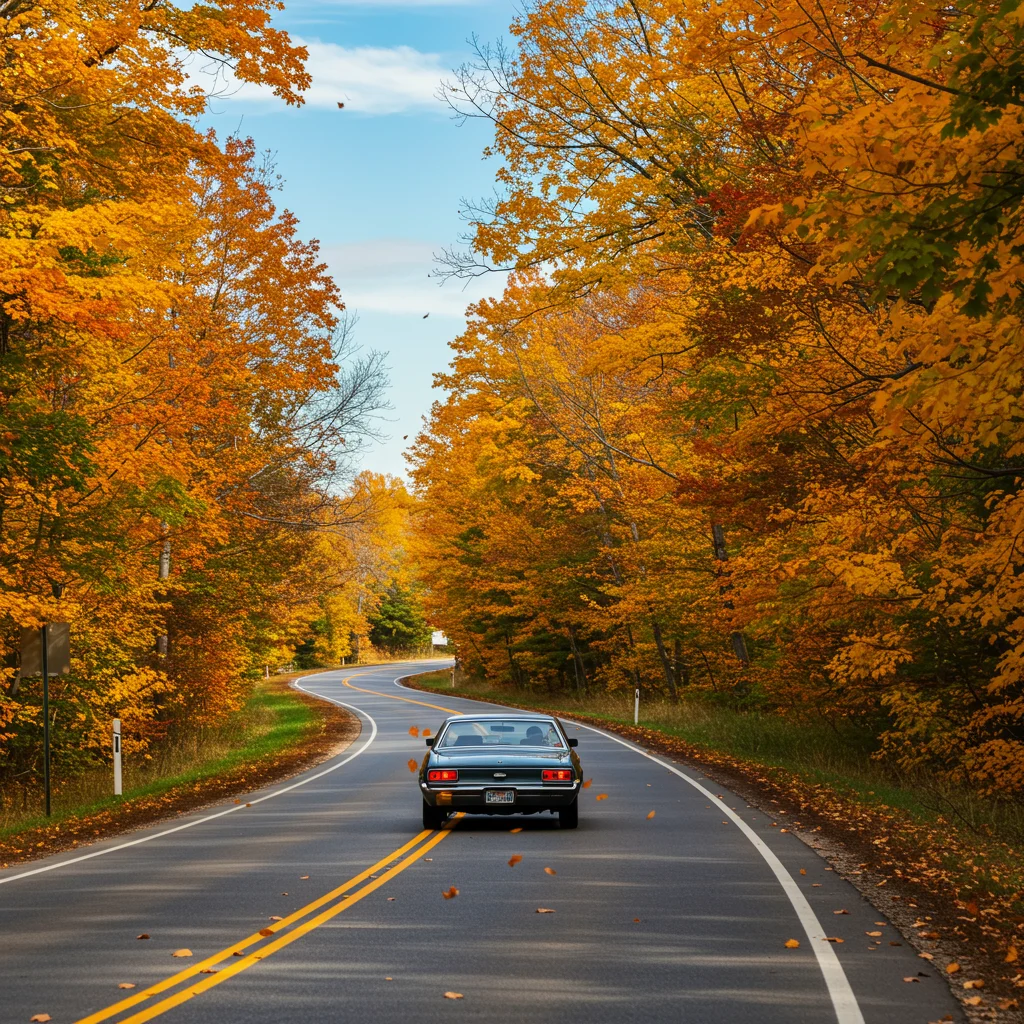
Dry Season vs. Green Season: What Should You Expect?
The dry season (December to April) generally offers clearer skies and easier driving conditions, with less risk of rain-induced delays. The green season (May to November) brings lush landscapes and fewer tourists, though afternoon showers are common. Both seasons have their own charm, so your preference will depend on whether you prioritize weather stability or vibrant greenery.
Weather Considerations for Drivers
Rain can cause slippery roads and occasional fog in higher elevations. We advise checking the forecast before departure and allowing extra time if traveling during the rainy months. Carrying a light rain jacket and ensuring your vehicle’s tires and wipers are in good condition are simple ways to stay prepared.
Preparing for Your Road Trip
Preparation is key to a comfortable and enjoyable drive. From packing essentials to ensuring you have the right documents, a little planning goes a long way.
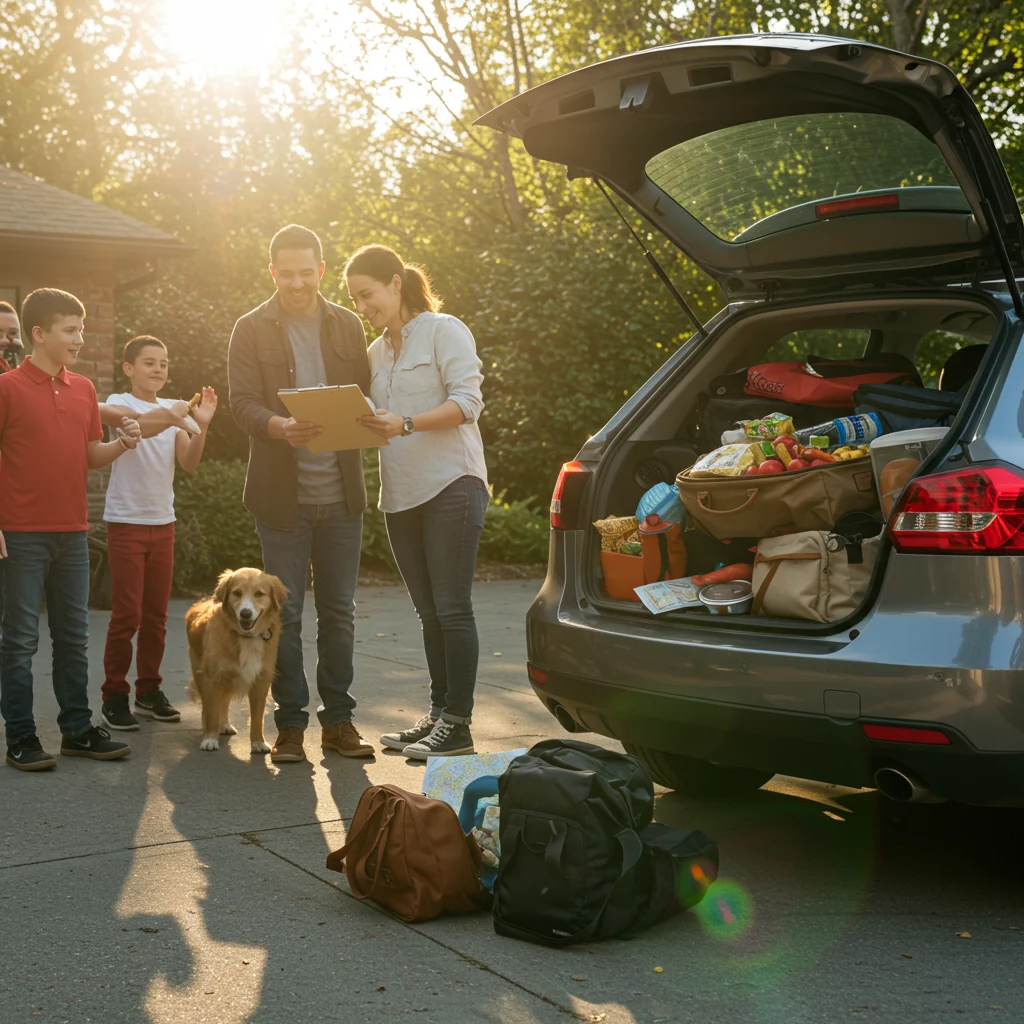
What to Pack for the Drive?
We recommend bringing:
- Reusable water bottles and snacks
- Light layers for changing temperatures
- Rain jackets or ponchos, especially in the green season
- Maps or a GPS device
- Chargers for phones and cameras
- Personal medications and a basic first aid kit
- Sunscreen and insect repellent
Comfortable shoes and a hat are also useful, especially if you plan to explore towns or nature trails along the way.
Essential Documents and Requirements
Travelers should carry a valid passport, driver’s license, and rental car agreement at all times. Having digital or printed copies of your documents can save time if you’re stopped at a checkpoint.
Do You Need an International Driver’s Permit?
Most visitors can drive in Costa Rica using their home country’s valid driver’s license for up to 90 days. However, some rental companies may request an International Driver’s Permit (IDP). We suggest checking your provider’s policy before arrival to avoid any surprises.
Rental Car Tips: What Should You Know?
Choosing the right rental car and company can make a significant difference in comfort and safety. Costa Rica’s terrain varies, so it’s important to match your vehicle to your route and travel style.
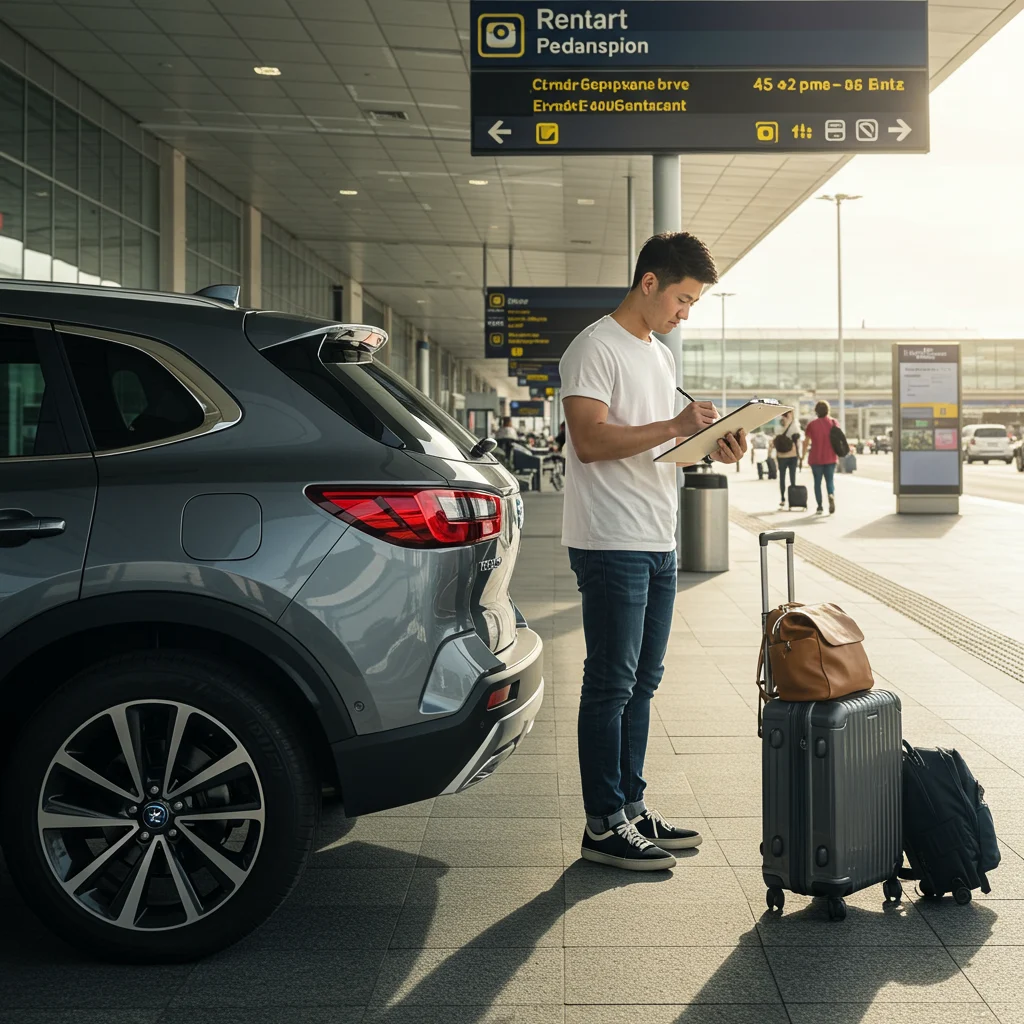
Which Type of Vehicle Is Best for the Route?
While the main highways are paved and in good condition, some secondary roads feature potholes or uneven surfaces. Travelers often debate between renting a 4×4 or a standard sedan.
Should You Choose a 4×4 or Sedan?
A 4×4 is ideal for those who plan to explore side roads, visit remote attractions, or travel during the rainy season. For the direct route between San José and La Fortuna, a sedan is usually sufficient, but the extra clearance and traction of a 4×4 can add peace of mind, especially if you’re venturing off the main path.
What Are the Best Rental Car Companies in San José?
Reputable options include Adobe Rent a Car, Alamo, Enterprise, and Hertz. We recommend booking in advance and reading reviews to compare rates, insurance options, and customer service quality.
How to Save Money on Car Rentals in Costa Rica
To get the best value:
- Book well ahead of your trip, especially during peak season
- Compare prices across multiple platforms
- Double-check for hidden fees, such as insurance or GPS rental
- Consider returning the car with a full tank to avoid fuel surcharges
It’s also wise to inspect the vehicle thoroughly before departure and document any pre-existing damage with photos.
Driving Safety and Road Conditions
Safety is a top concern for visitors driving in Costa Rica. Understanding local road rules and conditions helps us travel with confidence and peace of mind.
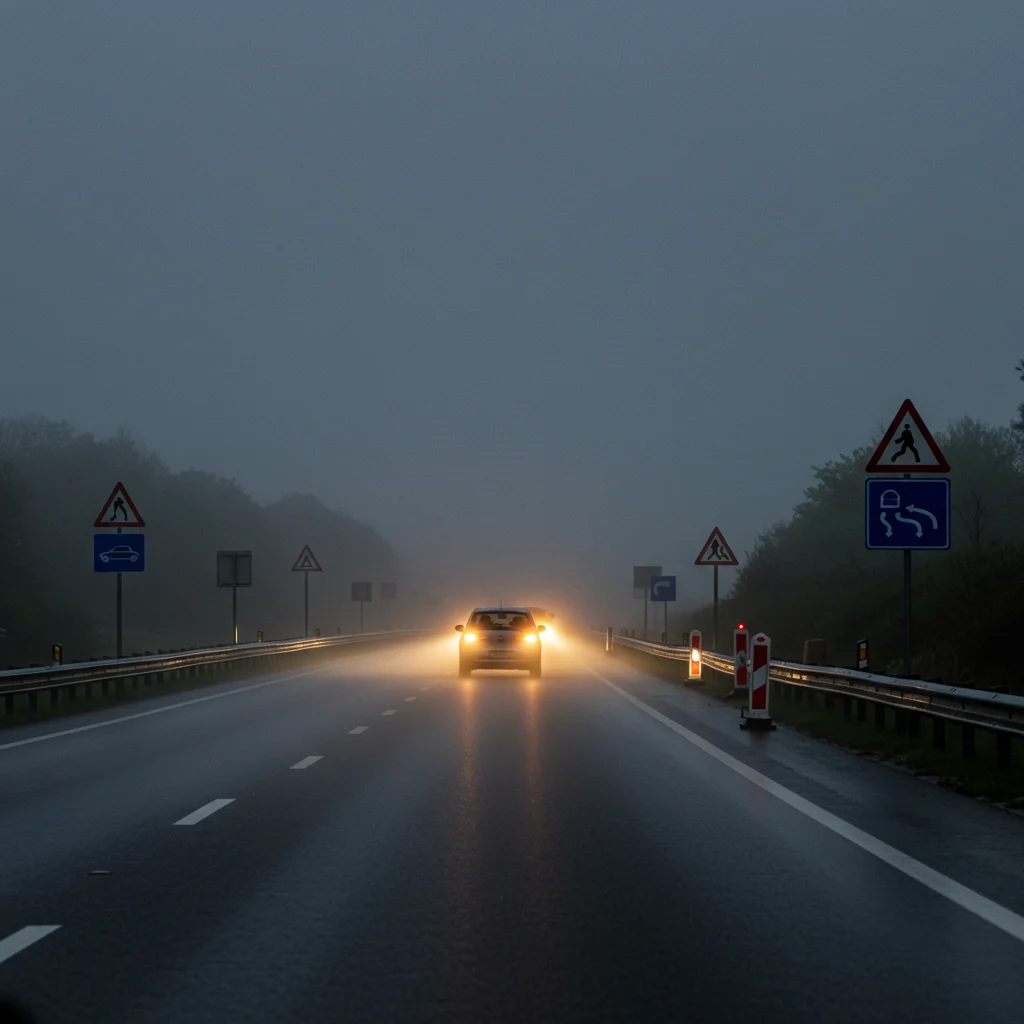
Is It Safe to Drive in Costa Rica?
Yes, driving in Costa Rica is generally safe for visitors who exercise common sense and caution. Roads are well-marked, and police checkpoints are routine but friendly. We advise avoiding nighttime driving, as rural roads may lack sufficient lighting and signage.
What Are the Road Conditions Like?
The main routes are paved and maintained, but expect occasional potholes, sharp curves, and steep grades. In rural areas, road shoulders may be narrow or absent, so vigilance is key.
Tips for Navigating Curves and Steep Sections
Reduce speed before entering curves, use low gears on descents, and allow faster vehicles to pass when safe. Patience and attentiveness go a long way in ensuring a smooth journey.
Dealing with Rain and Fog
Rain showers can be heavy, especially in the afternoon during the green season. If visibility drops due to fog or rain, use headlights, slow down, and pull over at a safe spot if conditions worsen. Waiting out a storm in a local café can be a pleasant part of the adventure.
Must-See Stops Between San José and La Fortuna
The route is lined with destinations worth a detour. Each offers a glimpse into the region’s history, artistry, and natural beauty.
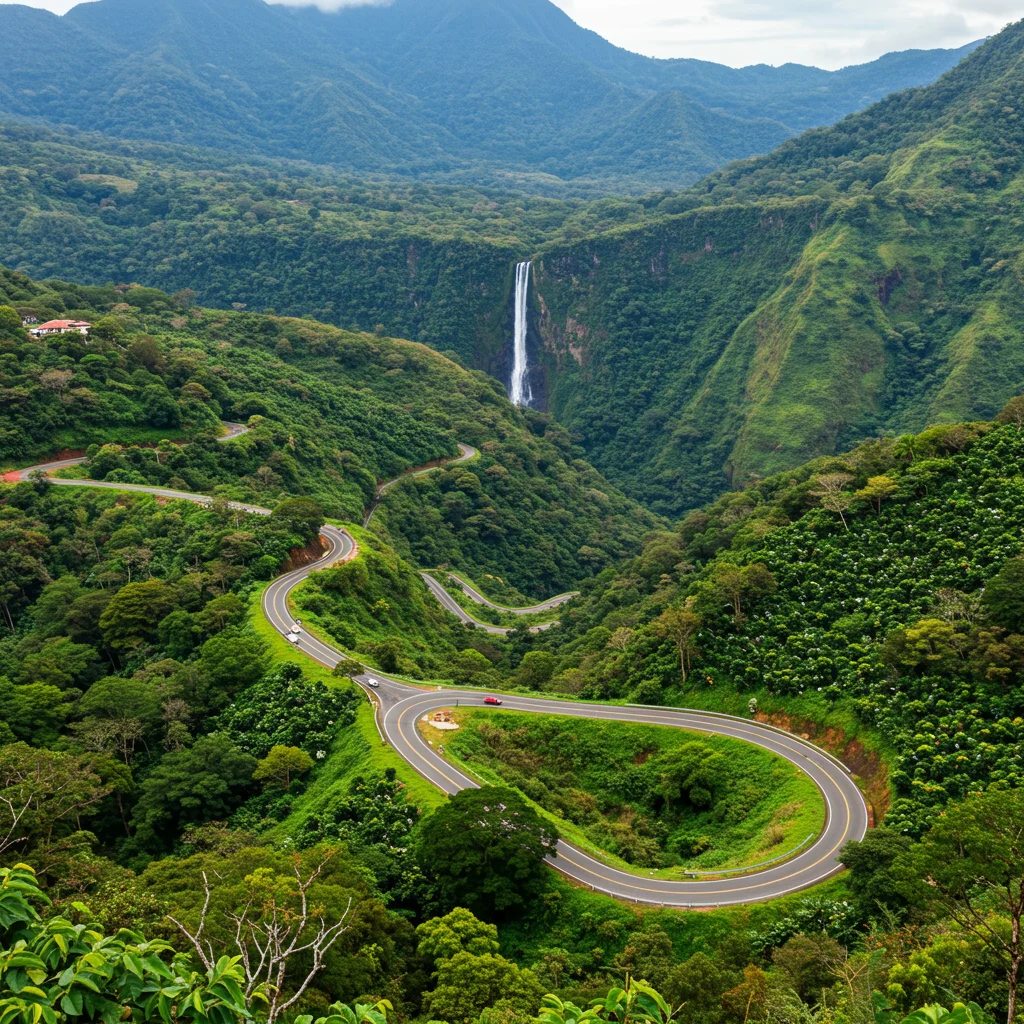
Grecia: The Metal Church
The town of Grecia is famous for its striking red metal church, an architectural marvel shipped from Belgium in the 19th century. Its intricate design and peaceful plaza invite a brief pause and some memorable photos.
Sarchí: Costa Rica’s Artisan Capital
Sarchí is renowned for its brightly painted oxcarts and artisan workshops. Here, we can watch craftsmen at work and pick up unique souvenirs. For those interested in local crafts and culinary delights, our post on Costa Rica private tours with chocolate and history provides additional inspiration.
Zarcero: Topiary Gardens and Local Culture
In Zarcero, whimsical topiary sculptures transform the town’s central park into a living art gallery. The gardens are a delight for all ages, and the nearby church is a testament to rural Costa Rican architecture.
Ciudad Quesada: Gateway to the North
Ciudad Quesada serves as a commercial hub and a convenient stop for fuel, snacks, and supplies. The bustling market is perfect for sampling local cheeses and fresh produce.
La Paz Waterfall Gardens
Located along the Vara Blanca route, the La Paz Waterfall Gardens offer lush trails, cascading falls, and wildlife exhibits. The sound of rushing water and the cool mist from the falls create an invigorating atmosphere—an ideal spot to stretch your legs.
Cinchona: Scenic Viewpoints and Birdwatching
Cinchona is celebrated for its dramatic viewpoints and abundant birdlife. The roadside café here is a favorite among birdwatchers, with hummingbirds flitting between feeders as clouds drift through the valley below.
Where to Eat Along the Route
One of the joys of this drive is sampling traditional Costa Rican cuisine in roadside sodas and cafés. The flavors are hearty and satisfying, perfect after hours on the road.

Best Local Sodas (Traditional Restaurants)
Look for sodas in every town—these family-run eateries serve casados (rice, beans, meat, and salad) and homemade juices. The portions are generous, and the hospitality genuine.
Recommended Cafés and Coffee Stops
Stop at a local café for a cup of freshly brewed coffee, often accompanied by pastries or empanadas. Many offer panoramic views, making them ideal for a relaxing break.
Vegetarian and Vegan Options
While traditional fare is meat-heavy, more restaurants now cater to vegetarian and vegan diets. Dishes like gallo pinto, plantains, and salads are widely available. Simply ask staff for plant-based recommendations.
Hidden Gems: Off-the-Beaten-Path Eateries
Adventurous foodies can seek out lesser-known spots by asking locals or following hand-painted signs along the road. These hidden gems often serve the freshest ingredients and the warmest welcomes.
Where to Refuel: Gas Stations and Convenience Stores
Planning fuel stops is essential, as gas stations become less frequent in rural stretches. Most towns along the route offer at least one reliable station, often paired with a small convenience store for snacks and supplies.

Tips for Finding Reliable Gas Stations
We suggest filling up in larger towns such as Grecia, Naranjo, or Ciudad Quesada, where stations are modern and well-stocked. Avoid waiting until your tank is nearly empty, especially if traveling late in the day.
Are Credit Cards Accepted at Gas Stations?
Most gas stations accept major credit cards, but it’s wise to carry some cash (Costa Rican colones) for smaller stations or in case the card machine is offline. Attendants typically pump the gas for you—just specify the amount or request a full tank.
Rest Stops and Facilities
Rest stops are scattered along the route, providing clean facilities and a chance to stretch your legs. Many are integrated with cafés or scenic viewpoints.
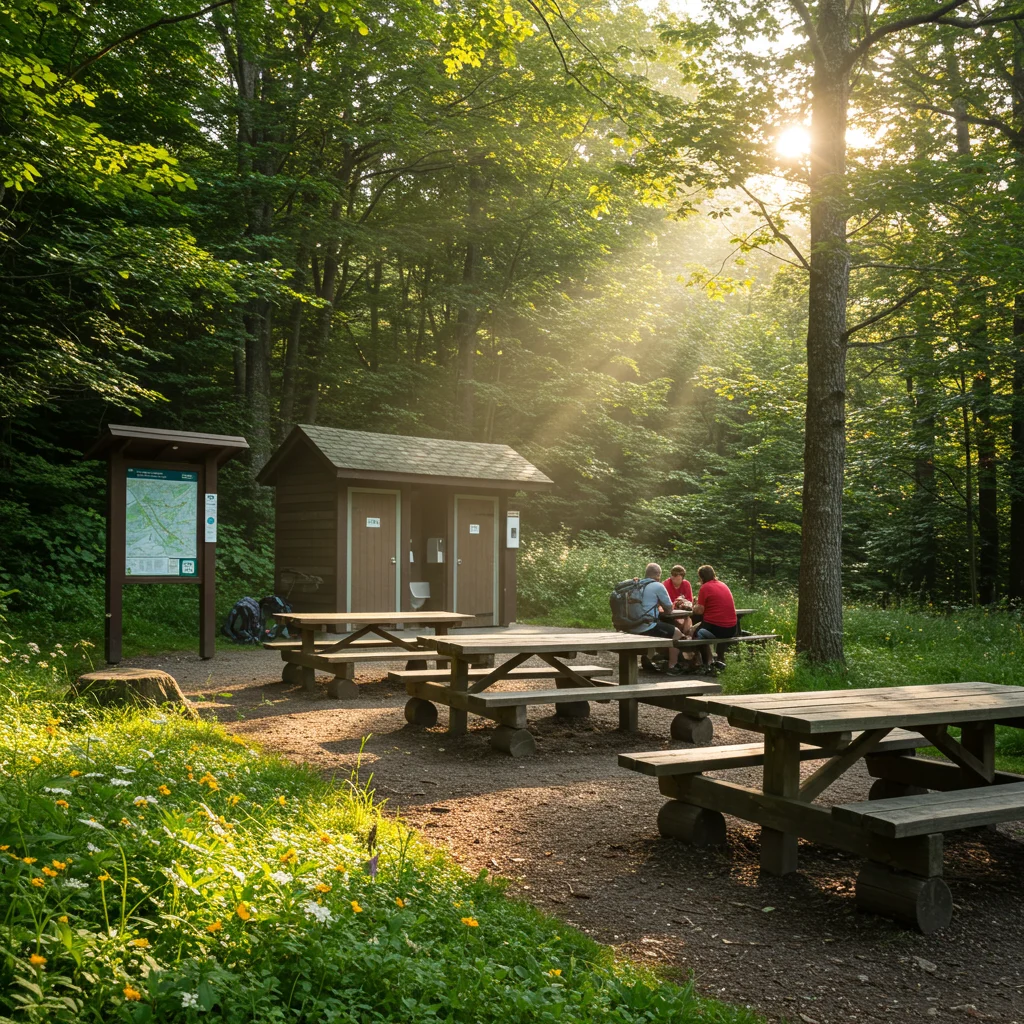
Best Places to Take a Break
Town plazas, roadside sodas, and coffee shops make excellent rest stops. Look for shaded benches or picnic tables with mountain views for a tranquil pause.
Restrooms and Accessibility
Public restrooms are available in gas stations, restaurants, and larger attractions. Accessibility varies, but newer establishments often provide facilities for travelers with mobility needs.
Family-Friendly Stops
Many towns feature playgrounds, parks, and ice cream shops—perfect for families traveling with children. The topiary gardens in Zarcero are especially popular with younger adventurers.
What to See and Do in La Fortuna After Your Drive
Arriving in La Fortuna opens the door to a world of adventure and relaxation. The area’s natural wonders are among Costa Rica’s most celebrated attractions.
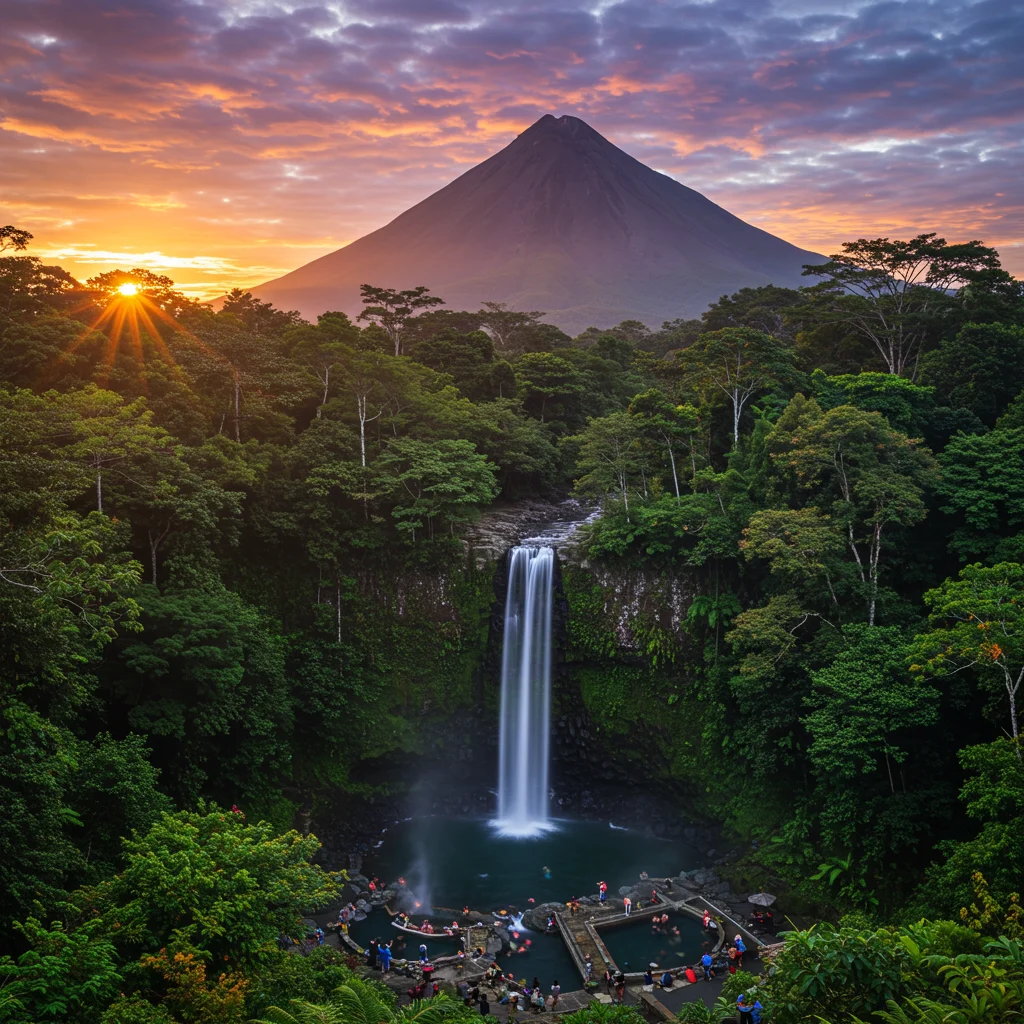
Arenal Volcano National Park
Arenal Volcano is the region’s iconic landmark, its symmetrical cone rising above lush rainforest. Well-marked trails lead through old lava fields and offer panoramic views of the volcano and Lake Arenal. For a deeper look at the area’s waterfalls and hot springs, see our feature on Arenal adventure highlights.
Hot Springs Experiences
Soaking in natural hot springs is a must after a day on the road. Options range from luxurious resorts with swim-up bars to rustic, riverside pools shaded by rainforest canopy. The mineral-rich waters are soothing and rejuvenating.
Adventure Activities: Ziplining, Rafting, and More
La Fortuna is a playground for thrill-seekers. Activities include ziplining through treetops, white-water rafting, canyoning, horseback riding, and guided night hikes. The region’s expert guides ensure safe and unforgettable experiences.
Where to Stay in La Fortuna
Accommodation options in La Fortuna cater to every budget and style. Whether you seek luxury or a closer connection with nature, there’s something for everyone.
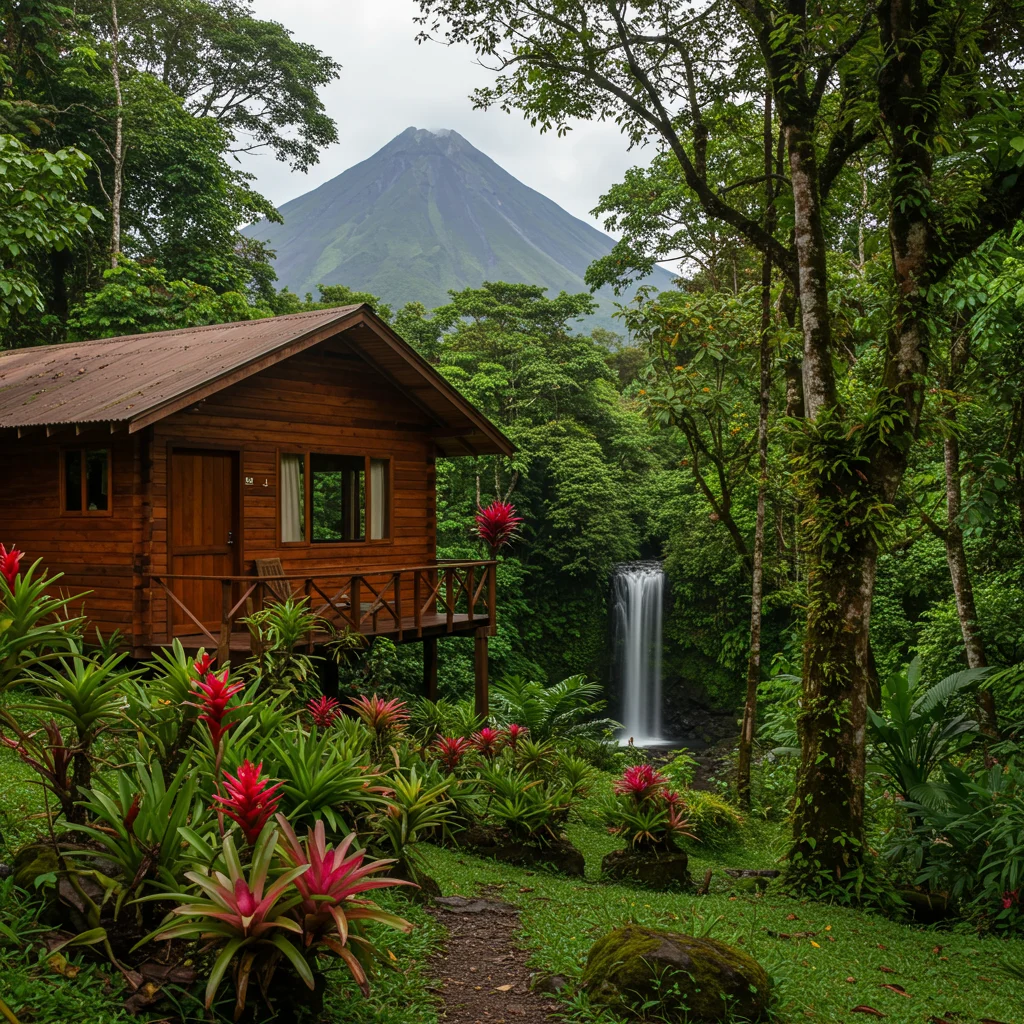
Best Hotels and Resorts
Upscale resorts offer amenities such as hot spring pools, spa services, and gourmet dining. Many properties provide volcano views from private balconies or terraces, creating a sense of tranquility and exclusivity.
Budget-Friendly Accommodations
Travelers on a budget will find hostels, guesthouses, and small hotels with clean rooms and friendly service. These options often include communal kitchens and tour desks for planning daily excursions.
Eco-Lodges and Unique Stays
Eco-lodges immerse guests in the rainforest, featuring sustainable design and open-air living spaces. Unique stays, such as treehouses or glamping tents, allow us to fall asleep to the sounds of the jungle and wake to birdsong.
Alternative Transportation Options
While self-driving offers freedom, alternative transport methods can be ideal for those who prefer to relax or travel without a car.
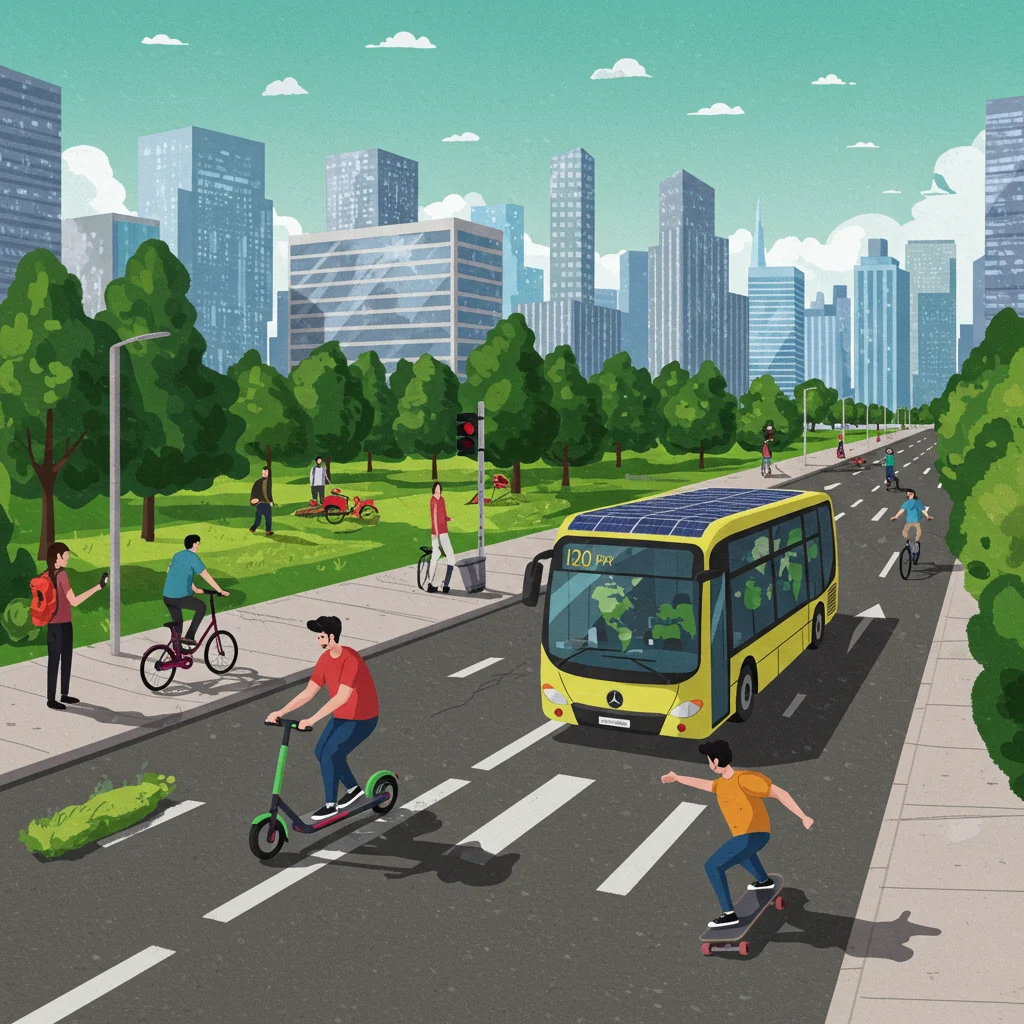
Can You Take a Shuttle from San José to La Fortuna?
Shared and private shuttles operate daily between San José and La Fortuna, providing a comfortable and hassle-free alternative. Shuttles are air-conditioned and often include hotel pick-up and drop-off.
Is There a Public Bus Route?
Public buses connect San José with La Fortuna via Ciudad Quesada. While economical, these can be slow and may require a transfer. Schedules are best checked in advance, and seats fill up quickly during peak periods.
Private Transfers and Taxis
Private transfers or taxis offer door-to-door service and flexibility. Rates are higher than shuttles but ideal for groups or families seeking convenience and privacy.
Cycling and Motorbike Adventures
For the truly adventurous, cycling or riding a motorbike between San José and La Fortuna is possible. The route’s hills and weather require preparation and stamina, but the reward is an immersive, open-air journey through Costa Rica’s heartland.
Travel Tips for a Smooth Journey
Preparation and flexibility are the keys to a stress-free road trip in Costa Rica. Here are some practical tips to help you get the most out of your drive.

How to Avoid Traffic and Delays
Depart early in the morning to avoid rush hour in San José and maximize daylight hours. Check for road work or closures, especially during the rainy season when landslides can occur.
Staying Connected: GPS and Mobile Apps
Download offline maps or use a GPS device, as signal loss is common in rural areas. Apps like Waze are popular in Costa Rica, providing real-time traffic updates and route suggestions.
Emergency Contacts and Roadside Assistance
Save the numbers for your rental car company’s roadside assistance and the national emergency line (911). Many companies offer 24/7 support for breakdowns or accidents.
Traveling with Kids: What Should You Know?
Pack snacks, entertainment, and motion sickness remedies for younger travelers. Plan regular stops at parks or cafés to let children stretch and recharge. Family-friendly attractions along the way can turn the drive into a highlight of the trip. For more ideas on traveling with children in Costa Rica, our post about nature and wildlife day trips in Guanacaste offers additional suggestions.
Photography Tips: Capturing the Scenic Drive
The journey from San José to La Fortuna is a photographer’s dream, with ever-changing landscapes and vibrant local scenes. A little planning helps us capture the best moments.
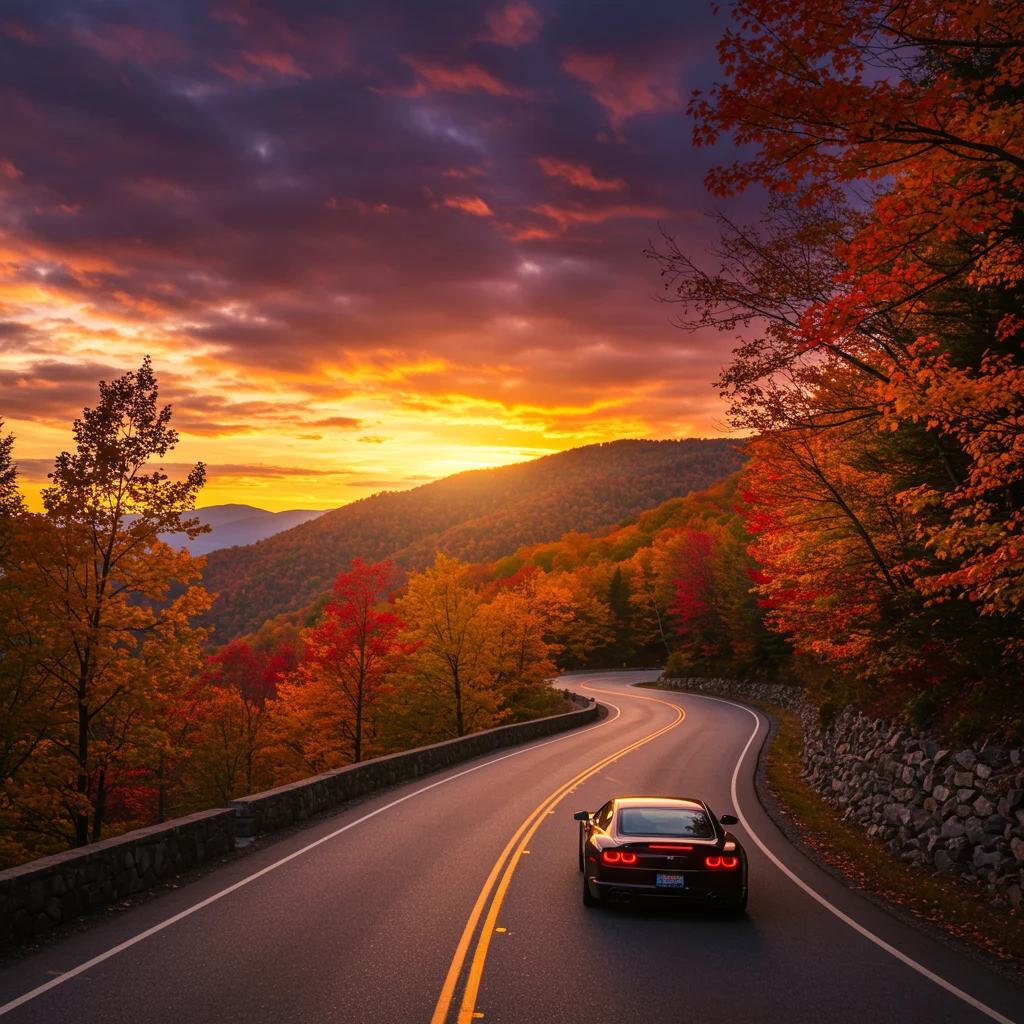
Best Viewpoints for Photos
Look for roadside pull-offs near mountain passes for sweeping panoramas. Town plazas, coffee plantations, and river crossings also offer memorable backdrops. Early morning and late afternoon provide the most flattering natural light.
Recommended Camera Gear
A DSLR or mirrorless camera with a zoom lens is ideal for landscape and wildlife shots. Don’t forget extra batteries, memory cards, and a lens cloth for misty conditions. Smartphone cameras can also produce stunning images, especially with a polarizing filter to reduce glare.
Wildlife Spotting Along the Route
The rich biodiversity of Costa Rica reveals itself even from the roadside. With a keen eye and a bit of patience, the drive can become a wildlife safari.
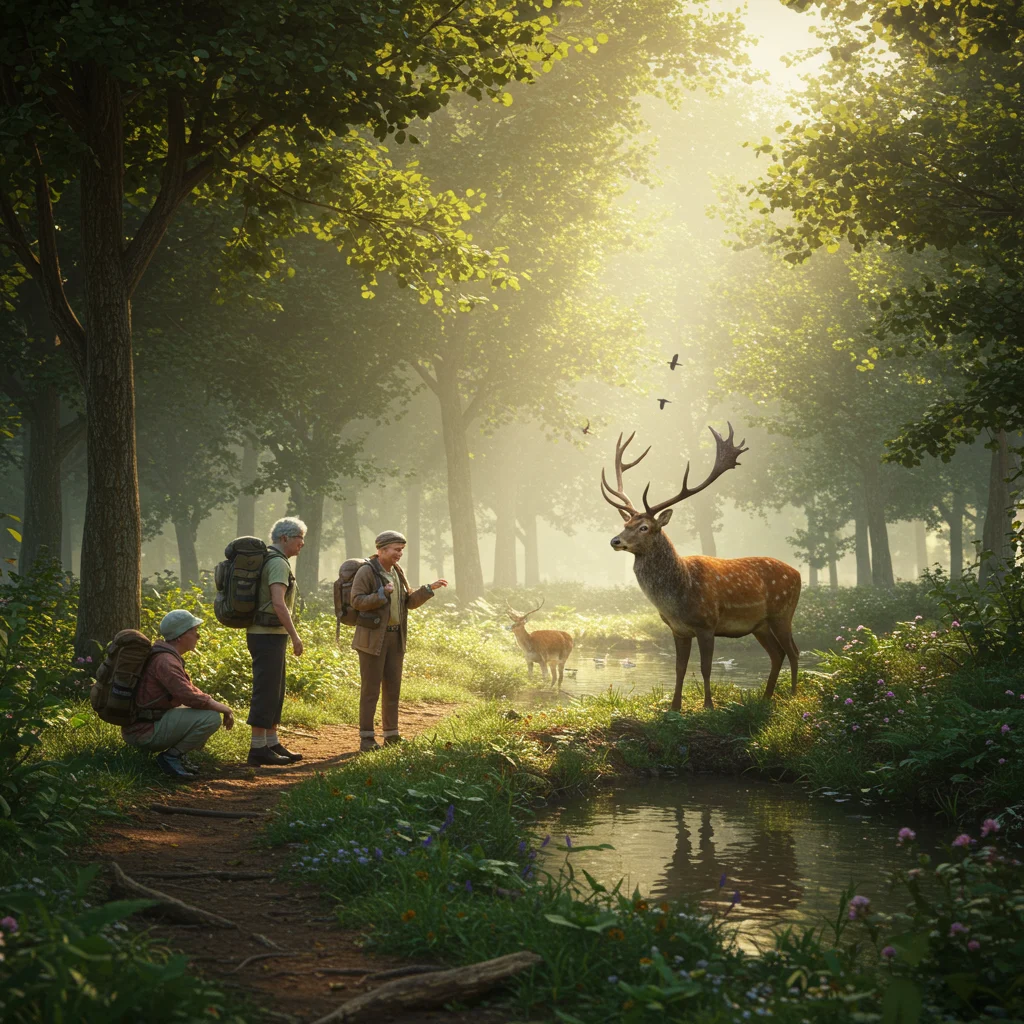
Birdwatching Hotspots
Cloud forest edges and rural gardens attract hummingbirds, toucans, and tanagers. Bring binoculars and listen for distinctive calls as you pass through forested areas.
Mammals and Reptiles You Might See
Sloths, monkeys, and iguanas are sometimes visible in the trees near small towns or riverbanks. Always observe wildlife from a respectful distance, and never feed or attempt to touch animals.
As experts often say:
“The beauty of travel is found not only in the places we reach, but in every mile we experience along the way.”
How to Drive Sustainably in Costa Rica
Costa Rica’s natural beauty is its greatest treasure. We can help protect it by adopting eco-friendly driving practices and supporting local businesses.

Eco-Friendly Driving Practices
Drive at moderate speeds to reduce fuel consumption, avoid idling, and carpool when possible. Choose reusable water bottles and minimize single-use plastics during your trip.
Supporting Local Communities
Eat at locally owned sodas, purchase crafts directly from artisans, and stay in family-run lodges. These choices contribute to the well-being of the communities that make the journey so memorable. For those interested in sustainable travel experiences, consider booking a local-guided day trip featuring coffee and conservation.
Frequently Asked Questions About the Drive
We’ve gathered answers to some common questions to help you plan with confidence and clarity.

Is the Road Suitable for First-Time Visitors?
Yes, the main routes are well-marked and manageable for first-time international drivers. Basic Spanish phrases can be helpful, but most road signs use international symbols.
What Should You Do in Case of a Breakdown?
Move your vehicle to a safe location, turn on hazard lights, and contact your rental company’s roadside assistance. Locals are generally helpful and may offer assistance if you need directions or a phone call.
How to Book on Viator
Booking tours and activities in Costa Rica is simple with Viator. Their platform allows us to browse a wide range of experiences—from guided hikes to hot spring passes—and secure spots in advance.

We recommend using Viator to plan your trip, compare options, and read verified traveler reviews. Many tours offer free cancellation, adding flexibility to your itinerary.
Conclusion: Making the Most of Your San José to La Fortuna Adventure
The drive from San José to La Fortuna is more than a transfer—it’s a journey through the heart of Costa Rica, filled with scenic vistas, cultural encounters, and opportunities for spontaneous exploration. With thoughtful planning and a spirit of curiosity, every mile offers something new to savor.

For more expert travel insights and inspiration, we invite you to visit Izase, where our passion for Costa Rica brings every adventure to life.
Disclaimer: This information is accurate to the best of our knowledge; however, there may be changes or mistakes. Please verify exact details on the Viator booking page.


